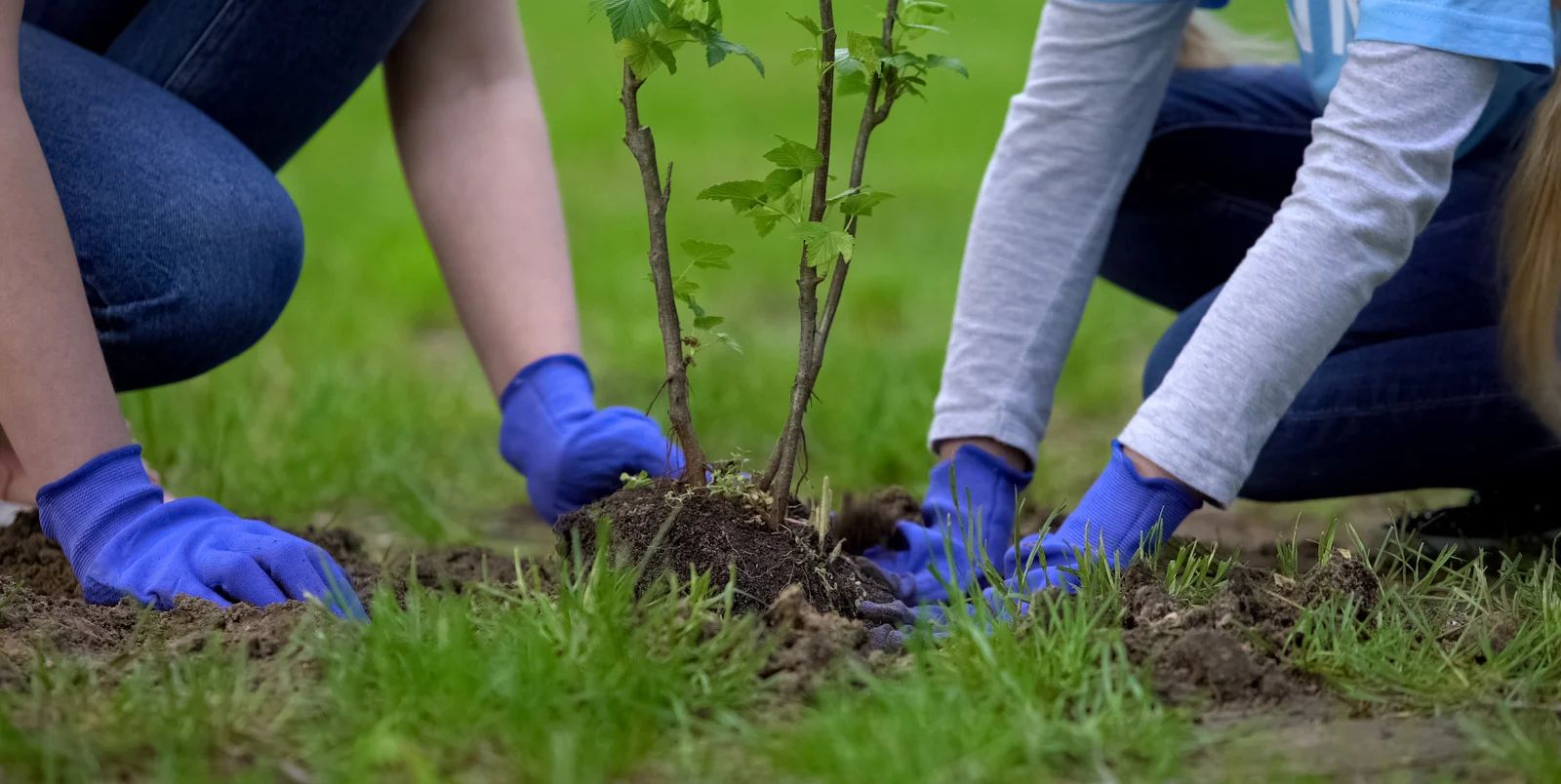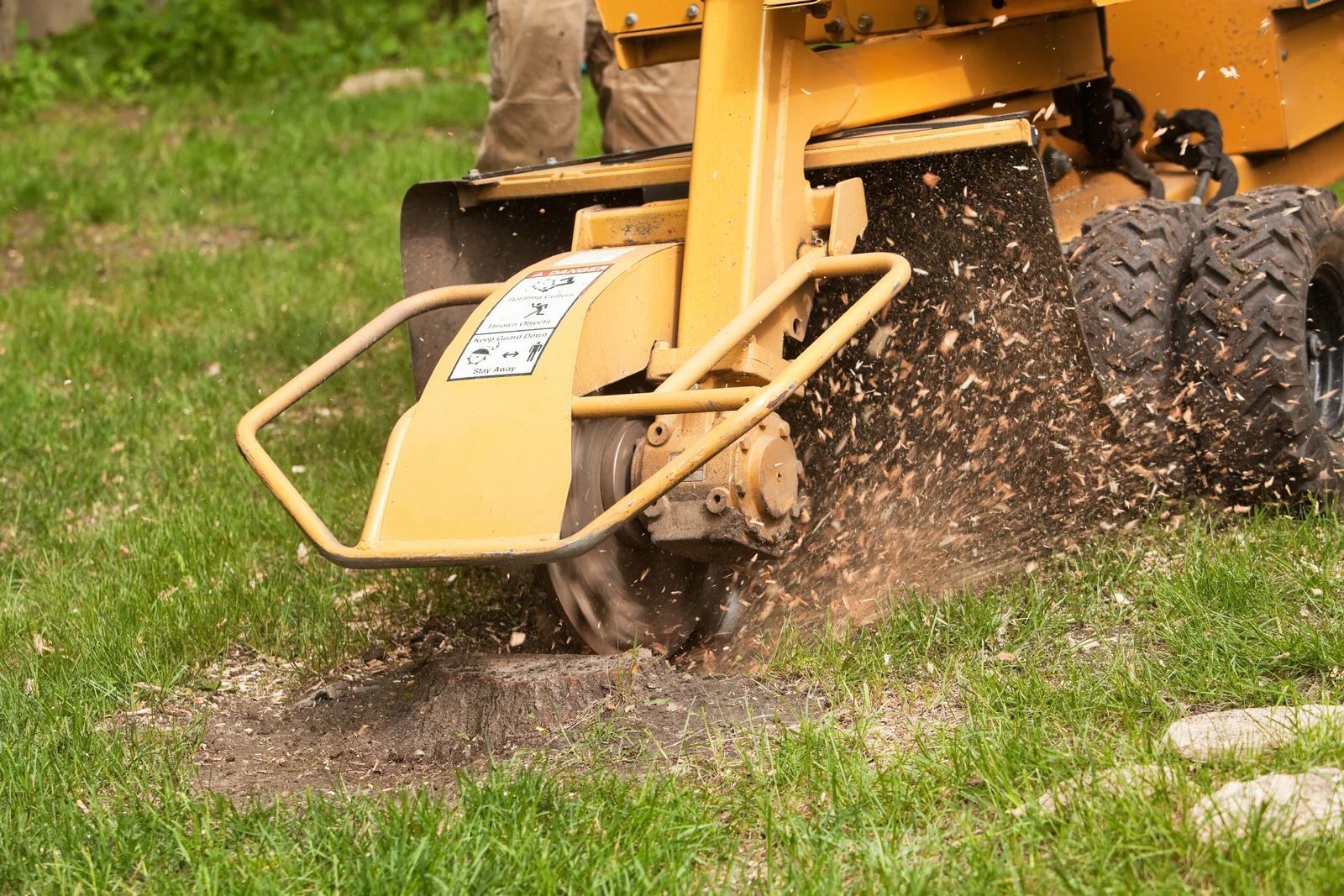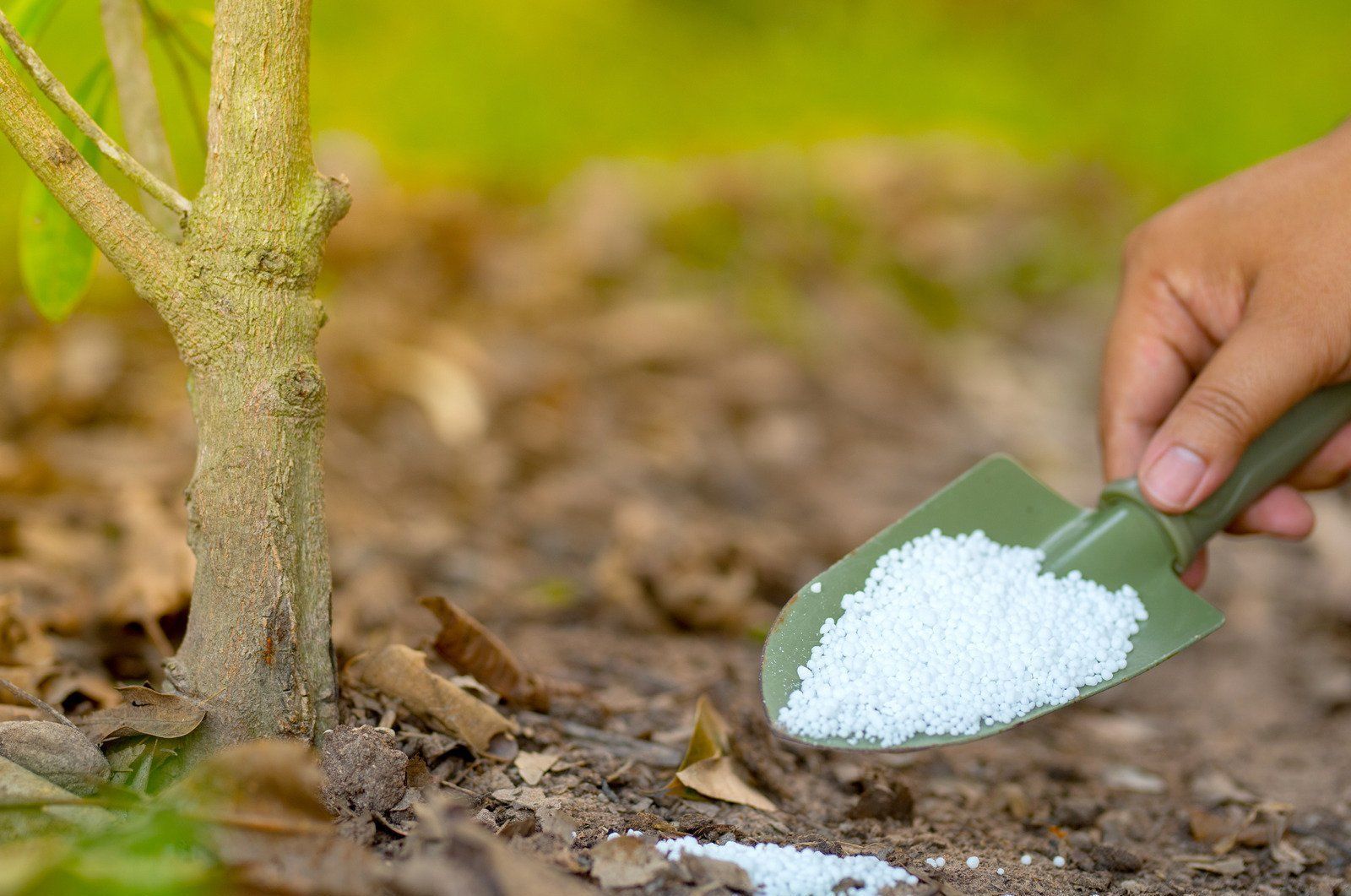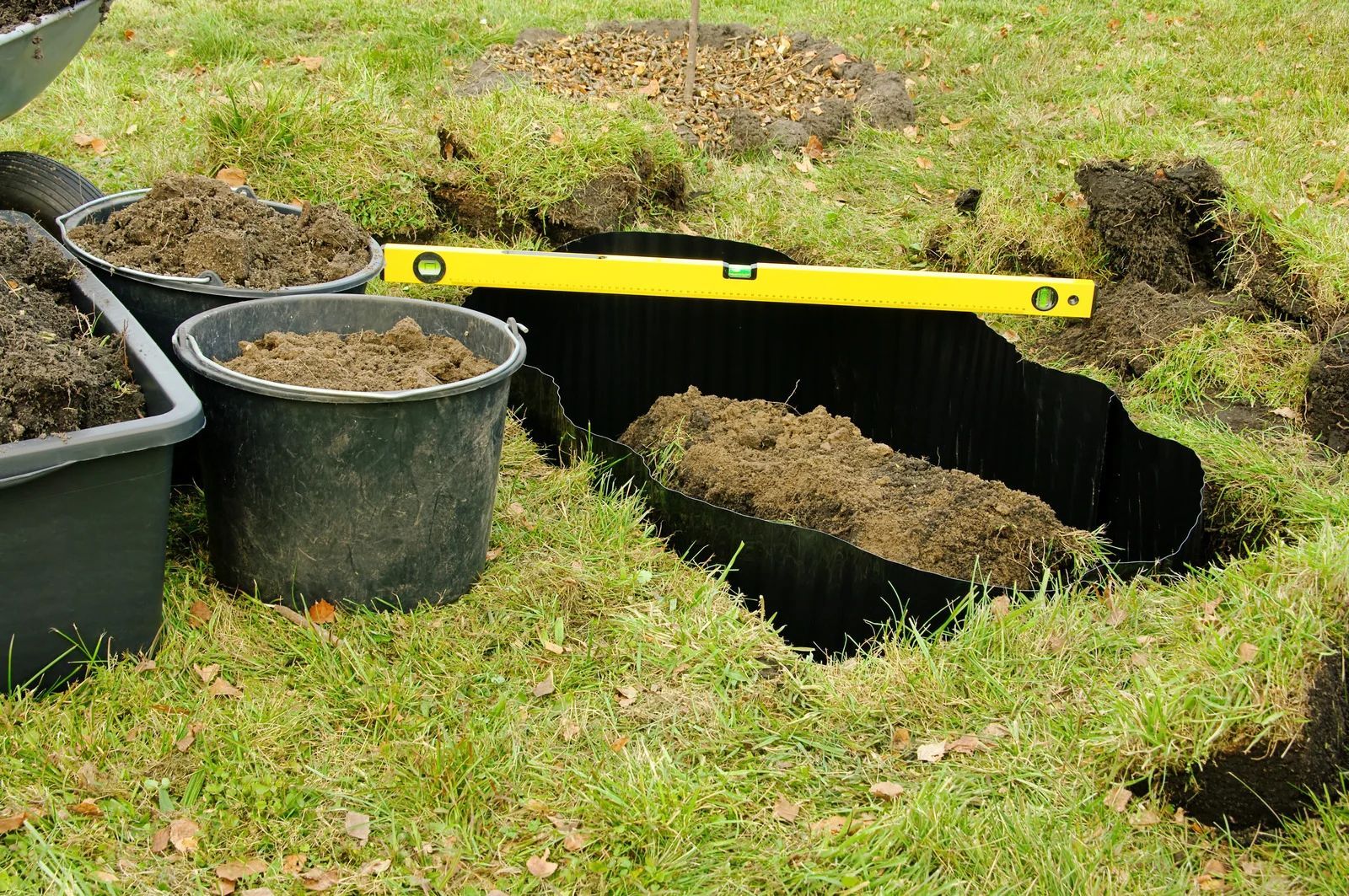Essential Tree Planting Tips for a Thriving Garden
September 8, 2025

Planting a tree might seem simple—dig a hole, drop it in, and cover it with soil. But ensuring that the tree thrives takes a bit more thought and care. A properly planted tree can enhance your garden’s beauty, increase property value, and provide long-term environmental benefits. However, poor planting practices can lead to weak root systems, disease, and early tree failure. If you want to create a flourishing, long-lasting garden, it’s essential to follow a few proven planting tips that promote strong and healthy tree growth from day one.
1. Choose the Right Tree for the Right Spot
Every species of tree has different requirements in terms of sunlight, soil type, space, and climate. Take time to research trees that thrive in your local environment—Stroudsburg, Pennsylvania, for example, experiences cold winters and humid summers, so trees like maples, oaks, and dogwoods may do well. Also, consider the tree’s mature size to avoid future interference with structures or overhead wires.
2. Timing Is Everything
The best time to plant a tree is during its dormant season—typically in early spring or fall. Cooler temperatures reduce stress on the young tree and encourage root development before the growing season. Avoid planting in the heat of summer or during extreme cold.
3. Dig the Right Hole
Dig a hole that is two to three times wider than the root ball but only as deep as the root system. A wide hole gives roots space to spread, while proper depth prevents the trunk from sitting below ground level, which can cause rot or suffocation. The top of the root flare should be level with or slightly above the soil surface.
Before planting, inspect the roots. If they’re wrapped in burlap, plastic, or a container, gently remove all coverings. Loosen circling or compacted roots to prevent girdling and encourage outward growth. This step is vital for long-term tree stability.
Water the tree immediately after planting, and keep the soil consistently moist (but not soggy) during the first growing season. Apply a 2- to 4-inch layer of mulch around the base—without touching the trunk—to conserve moisture, moderate temperature, and prevent weed competition.
It’s tempting to give your new tree a nutrient boost, but early fertilization can actually harm young roots. Focus on water, mulch, and good soil. Once the tree is established after its first year, you can evaluate fertilization needs.
Tree planting is a rewarding investment in your garden’s future—but it’s also one that requires care, planning, and expertise. If you’re unsure where to begin or want to ensure your trees get the best start possible, Backwoods Tree Service
is here to help. With 10
years of experience in tree care and arborist services, we proudly serve homeowners across Stroudsburg, Pennsylvania. Our team understands the local environment, soil conditions, and native species to provide expert guidance and hands-on assistance. Trust us to help your trees—and your garden—grow strong for years to come.





